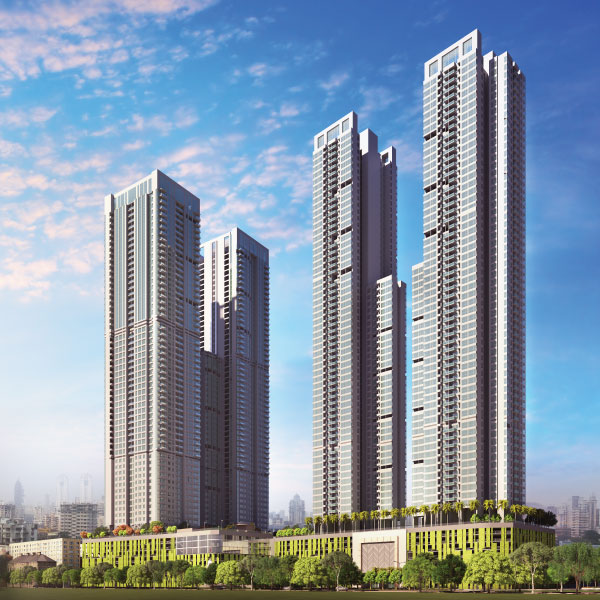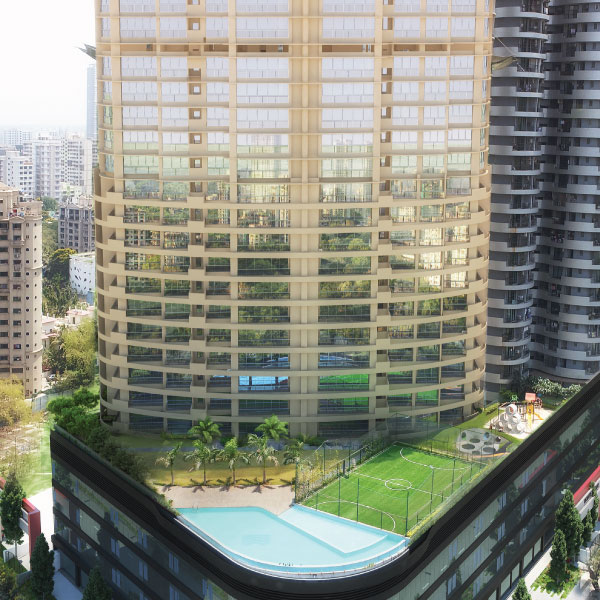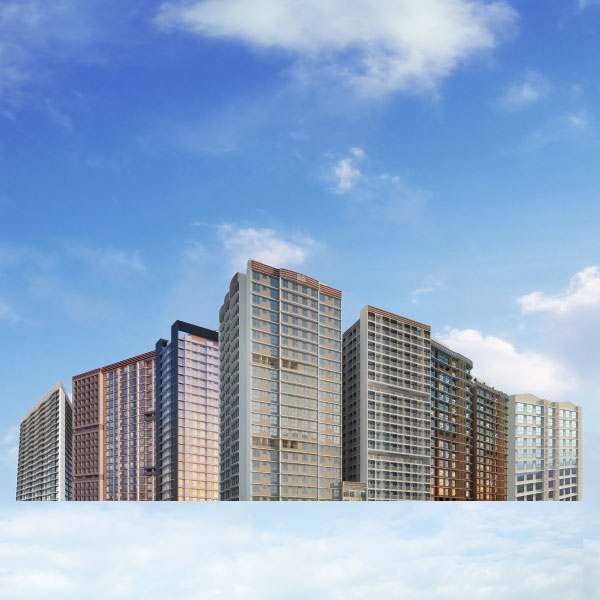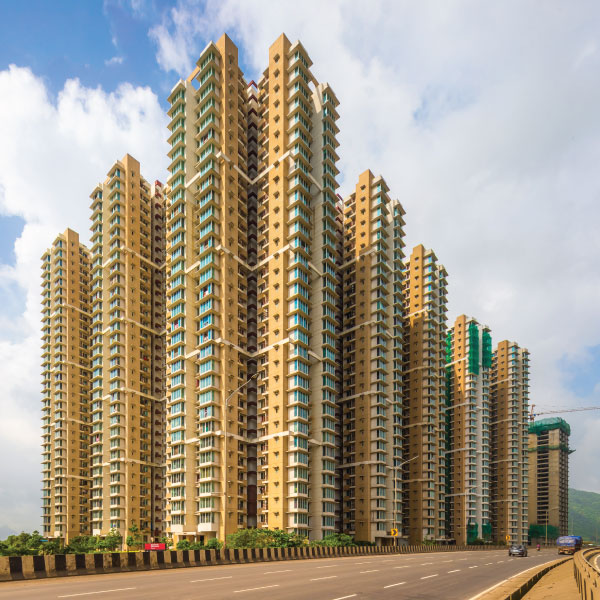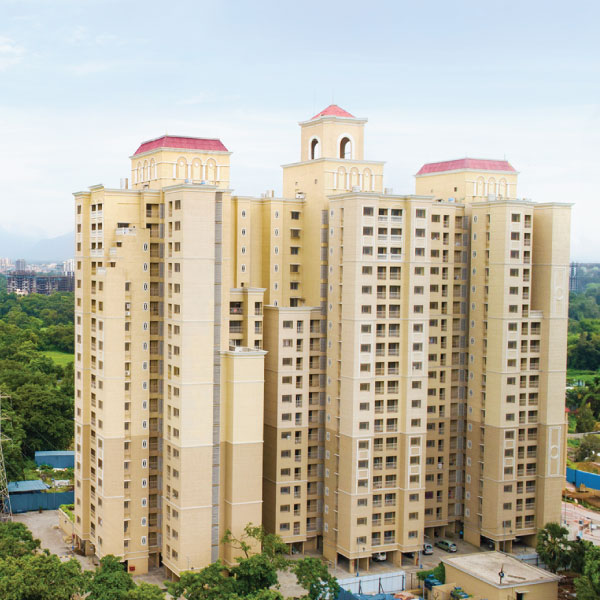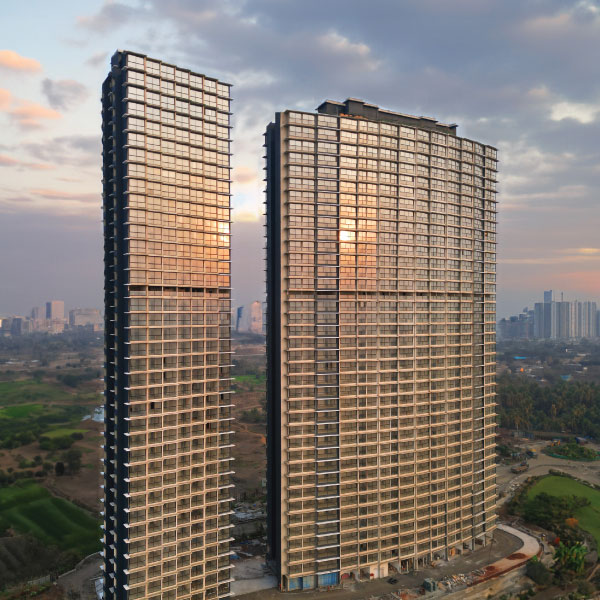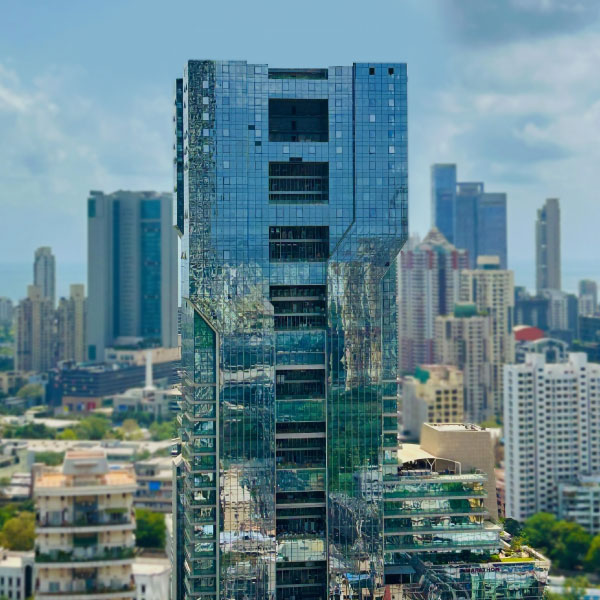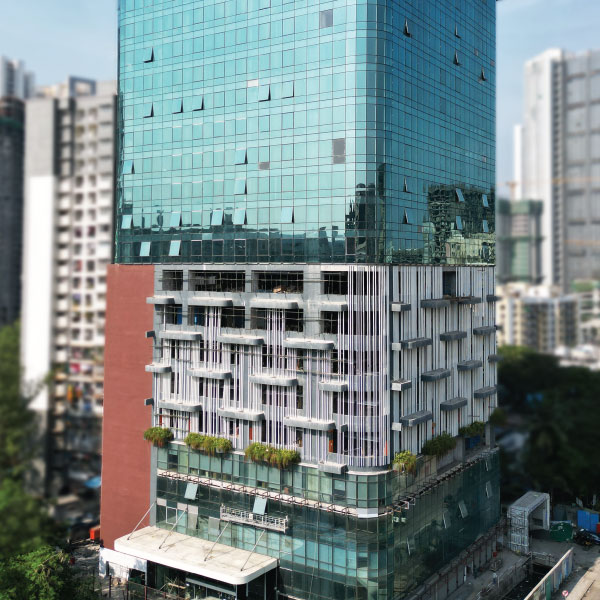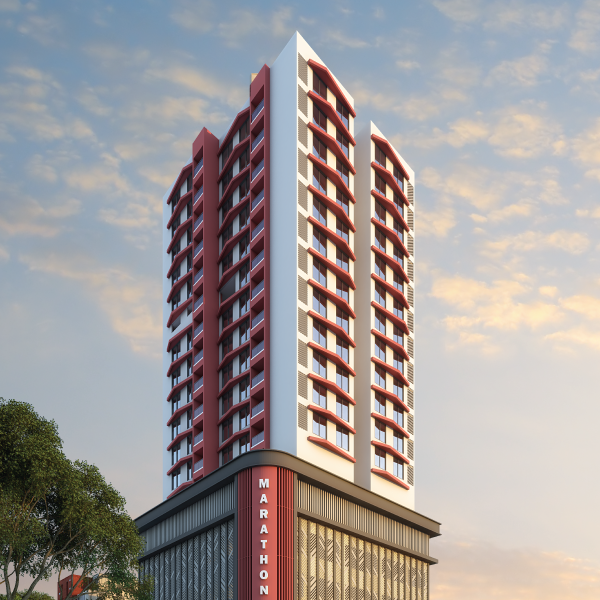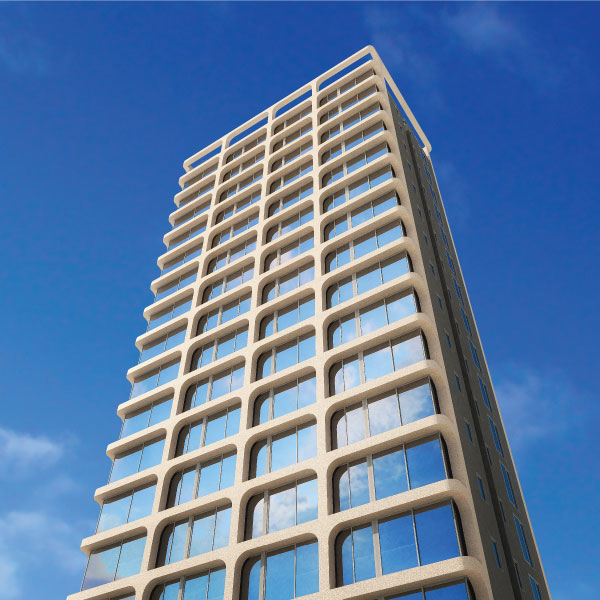27 Real Estate Terms Every Home Buyer Should Know
Last Updated on, April 17th, 2023

The real estate industry is full of complex jargon. If you’re a first-time homebuyer or seller, understanding these terms and the theory behind them can be pretty overwhelming.
Hence, we have compiled a list of essential real estate terms that you must be familiar with.
1. Commencement Certificate
A Commencement certificate or CC is an important approval required for constructing a building. It certifies that the builder has received all the approvals from the respective departments and is permitted to start the construction work. The commencement certificate comes in 2 phases – first when the construction is up to the plinth area and second when it is beyond that.
2. Cost Sheet
A cost sheet is a document that lists the all-inclusive costs of purchasing an apartment. It has 2 components – the breakup of your apartment cost and payment schedule. The apartment cost includes various components like agreement value, other charges, stamp duty and registration, and taxes.
3. Adjustable-rate Mortgage
An adjustable-rate mortgage (ARM) is a type of mortgage loan in which the interest rate periodically changes based on a pre-selected index. The rate can move up or down, causing your monthly payment to increase or decrease over time. ARMs typically have lower initial interest rates than fixed-rate mortgages, but they carry the risk that your payments may rise in the future if interest rates go up.
4. Agreement For Sale
An agreement for sale is a legal contract between the buyer and the seller of a property that outlines the terms and conditions of the sale. It includes details such as the purchase price, payment terms, possession date, and any other contingencies or conditions that need to be met before the sale can be completed. The agreement for sale is a crucial document in real estate transactions, as it sets out the rights and responsibilities of both the buyer and the seller and helps to ensure a smooth and successful transfer of ownership.
5. Down Payment
A down payment is an initial payment that a buyer makes towards the total cost of the property he/she intends to purchase. The down payment is usually a percentage of the total purchase price of the property and is typically paid upfront at the time of closing the sale. The amount of down payment required can vary depending on the lender, the type of mortgage, and the buyer’s financial situation.
6. Built-up Area
The built-up area of your flat is the carpet area, along with the area covered by inner walls and the balcony. It includes unusable areas like balconies, flower beds, terraces, etc. Built up area is typically 20-30% more than the carpet area.
Built up area = Carpet area + area of walls + area of balcony
7. Super Built-up Area
Super built-up area is the net saleable area that includes carpet area along with a proportion of the areas covered by lift, balcony, wall, terrace and staircase. In some cases, common amenities like a swimming pool, garden and clubhouse are also included in the super built-up area.
8. RERA Carpet Area
RERA Carpet area is the net useable floor area of an apartment, excluding the area covered by the external walls, areas under services shafts, exclusive balcony or verandah area and exclusive open terrace ara, but includes the ara covered by internal partition walls of the apartment.
9. Occupancy Certificate
Occupancy certificate certified that the building is now ready for occupancy and has been constructed as per the approved plans and in compliance with local laws. OC is an important legal document that authorizes the safety of the property. A property cannot be sold at a good price if you do not have an OC.
10. SRA Flats
In 1995, the Maharashtra State Government launched a slum rehabilitation scheme known as the Slum Rehabilitation Authority (SRA). This was meant to provide housing to the urban poor living in slums. SRA flat refers to a type of residential property that is built under the Slum Rehabilitation Authority (SRA) scheme in India. SRA flats are built on the same land where the slum existed, but the new structures are typically multi-story buildings with modern amenities. These flats are offered to eligible residents of the slum who are then given ownership or rental rights to the property. SRA flats are generally priced affordably and offer a better quality of life compared to the conditions of the original slums.
11. Stamp Duty
Stamp duty is a tax that is levied on the sale, purchase, or transfer of property. It is a state-level tax and the rates may vary from state to state in India. The amount of stamp duty is calculated as a percentage of the property’s transaction value, and it is paid by the buyer. Once the stamp duty is paid, a stamp paper or e-stamp is issued as proof of the transaction. It is an important aspect of property registration and is a legal requirement for property transactions in India.
12. Affordable Housing
As the name suggests, affordable housing refers to projects that are designed to be affordable to people with low or moderate income. These are usually provided by government schemes, non-profit organizations or private developers with the goal of making housing accessible to people who might otherwise struggle to find suitable and affordable housing. Affordable housing may take the form of apartments, townhouses, or single-family homes, and typically involves some form of subsidy or assistance to reduce the cost of rent or mortgage payments.
13. Encumbrance Certificate
An encumbrance certificate is a document that indicates whether a particular property has any outstanding legal dues or monetary liabilities against it. It serves as proof that the property is free from any legal or financial encumbrances and is a crucial document when it comes to buying or selling property. It is issued by the sub-registrar’s office and contains details of transactions such as mortgages, liens, easements, and other legal or financial claims against the property.
14. Floor Space Index (FSI)
FSI is also referred to as FAR or floor area ratio. It is the ratio of the building floor-covered area or built-up area to the plot area. FSI shapes the growth of cities by controlling the density of development and placing limits on how much area can be built on a certain plot of land. Here’s a formula to calculate FSI –
FSI = Total area of the building floor / Gross plot area
FSI varies from place to place under the rules and regulations set by the city’s administration.
15. Pre-EMI
Pre-EMI, or Pre-Equal Monthly Instalment, is a type of payment plan in real estate where the buyer pays only the interest component of the home loan until the construction of the property is complete. This means that the buyer is not required to pay the principal amount during the construction phase and only needs to pay the interest on the disbursed loan amount. Once the construction is complete and the property is ready for possession, the buyer can start paying the regular EMIs, which include both the principal and interest components. This payment plan is commonly used for under-construction properties.
16. Title Deed
A title deed is a legal document that establishes ownership of a property. It includes information about the property, such as its location, dimensions, and boundaries, as well as the names of the current and previous owners. A clear and valid title deed ensures that the seller has the legal right to sell the property and the buyer will have undisputed ownership of it.
17. Leasing
Leasing in real estate refers to the act of renting or leasing out a property to another party for a specified period and a specific amount of rent. A lease agreement outlines the terms and conditions of the rental, including the duration of the lease, the rent amount, the security deposit, maintenance responsibilities, and other related terms. Both commercial and residential properties can be leased.
18. Pradhan Mantri Awas Yojana (PMAY)
The Pradhan Mantri Awaj Yojana is a Government scheme to promote housing for all. It aims to assist first time home buyers and women property buyers by providing an interest subsidy on home loans. Launched in 2015, PMAY scheme has 2 components: Pradhan Mantri Awas Yojana-Urban (PMAY-U) and Pradhan Mantri Awas Yojana-Gramin (PMAY-G).
The beneficiaries of PMAY-U include economically weaker sections (EWS), low-income groups (LIG), and middle-income groups (MIG). PMAY also has a provision for a Credit Linked Subsidy Scheme (CLSS) under which beneficiaries can avail of a subsidy on home loan interest rates. The subsidy amount depends on the income group and category of the beneficiary.
19. RERA
RERA stands for Real Estate (Regulation and Development) Act, which was passed by the Indian Parliament in 2016. The aim of RERA is to protect the interests of homebuyers and to promote transparency, accountability, and efficiency in the real estate sector.
As per the RERA, it is mandatory for developers to register their projects with the authority, and provide all necessary information to buyers such as project plans, layout, and completion date. It also ensures that developers adhere to certain standards and guidelines, and imposes penalties for non-compliance. Even for property buyers, RERA promotes transparency as buyers can now check all the details of the under construction property on the RERA website.
20. Earnest Money
Earnest money is a deposit made by a buyer to a seller to demonstrate their seriousness and commitment to completing a transaction. It is also known as a “good faith deposit.” The amount of earnest money paid is typically a small percentage of the total purchase price and is held in an escrow account until the transaction is completed or cancelled.
21. Rental Yield
Rental yield is the annual rent received from the property, as a percentage of the total property value. It determines the ROI (return on investment) for an income-generating property.
If the property cost is INR 1 Crore and the monthly rent received is 25,000, then the annual rent received will be INR 3 lakh. The gross rental yield will b 3%. Gross rental yield is the rent received by the property owner without deducting expenses like maintenance charges and taxes.
Net rental yield is the rental yield received by the owner, post deducting all taxes and expenses, such as maintenance. It is the true measure of ROI received by the property.
22. Construction Linked Payment Plan
In the Construction Linked Payment Plan, the buyer of the property makes payment to the developer at various stages of the construction process, rather than making a lump sum payment upfront. Typically, the payment plan is divided into multiple installments, with each installment linked to a specific stage of construction. The payments are made as the construction progresses, and the buyer pays for the completed work at each stage. This means that the amount paid by the buyer increases as the construction work advances.
23. Fitout Possession
A fit-out possession is like a soft possession. Plenty of developers give fit-out possession to home buyers to complete their basic interior and civil work. During the fit-out possession period, the tenant can install various interior features, such as partitions, wiring, lighting, air conditioning, furniture, and fixtures. The tenant is responsible for the cost of these fit-out works and must comply with the building’s design standards and regulations.
24. Transfer Fee
The cooperative housing society charges the transfer fee for changing the name of the new buyer on the share certificate. Under the Maharashtra Cooperative Societies Act 1960, the transfer fee cannot exceed 25,000. Legally, they are only allowed to charge a maximum of INR 25,000.
25. Ready Reckoner Rate
A Ready Reckoner Rate (RRR) is the standard value of an immovable property assessed and regulated by the respective State governments. It is the minimum value that a buyer has to pay for a property, and also the minimum price on which the government levies stamp duty and registration fees. However, if the actual cost of the property is higher than the circle rate, the stamp duty and registration fee are charged on the actual price of the asset.
26. Preferred Location Cost (PLC)
A PLC or preferential location charge is an additional cost that a home buyer has to pay for booking a unit which has an advantage over others in terms of location. A preferred location within an apartment complex may mean an apartment that faces a park or is a corner plot near the main road.
27. Floor Rise Cost
Most developers will increase the rate per square foot of the house as the number of floors increases in a high-rise building, i.e. the rate for the first floor will be cheaper than the rate for the fifth floor. This cost is known as Floor Rise.


